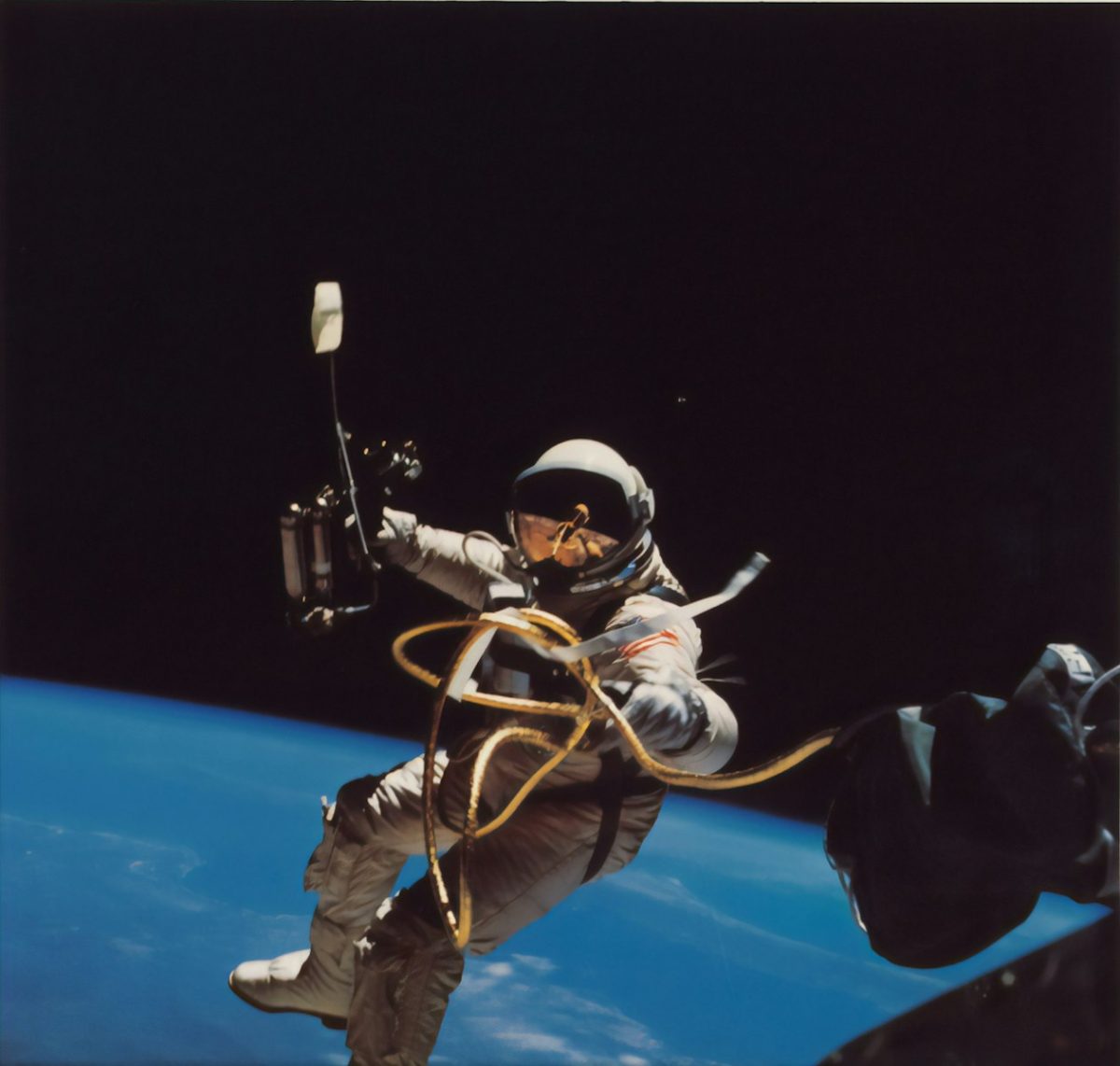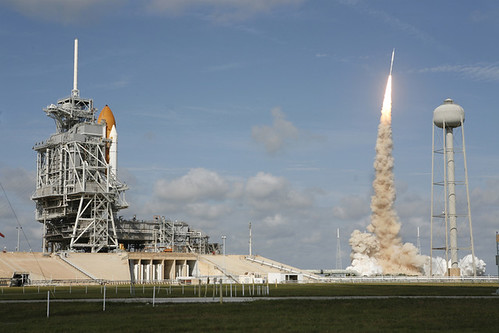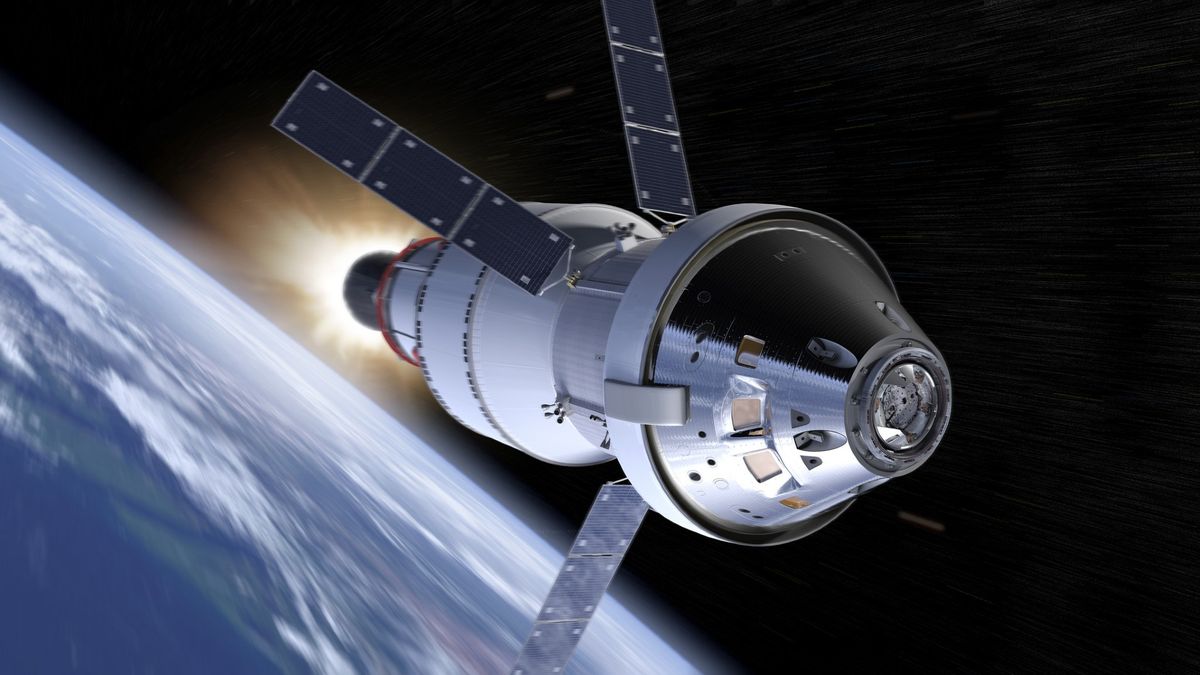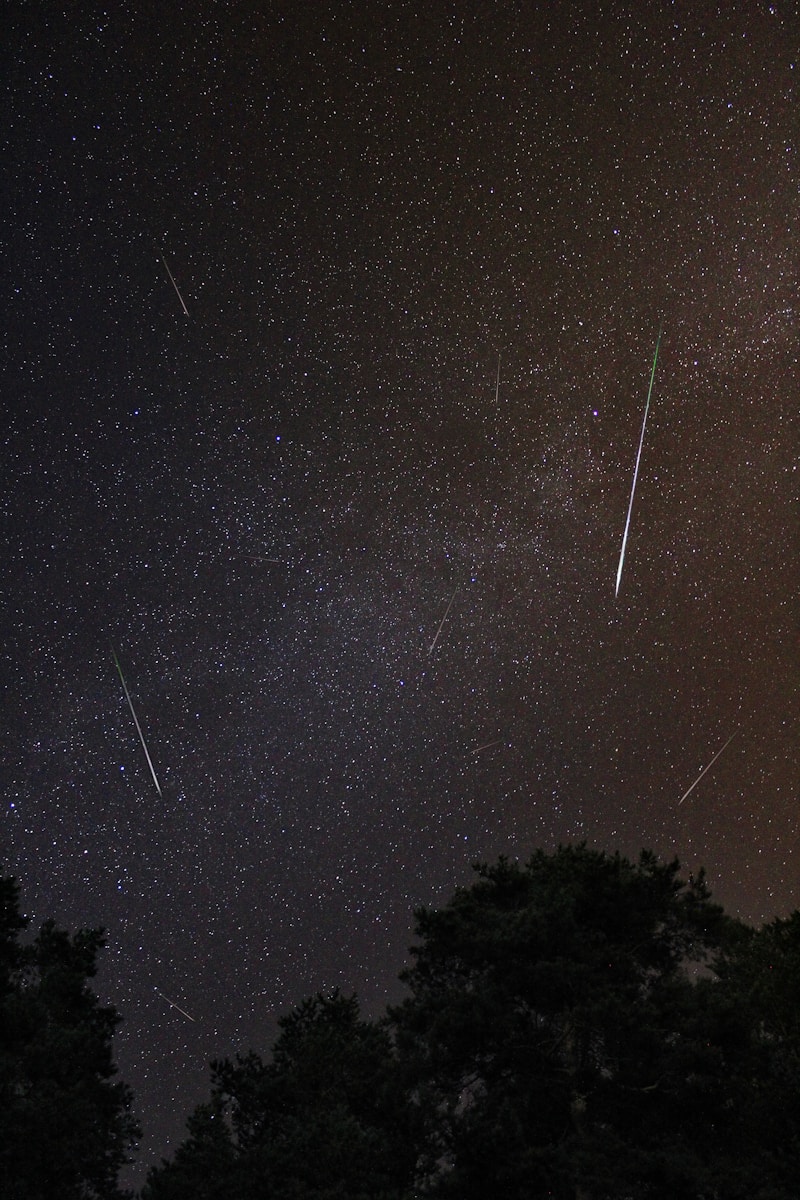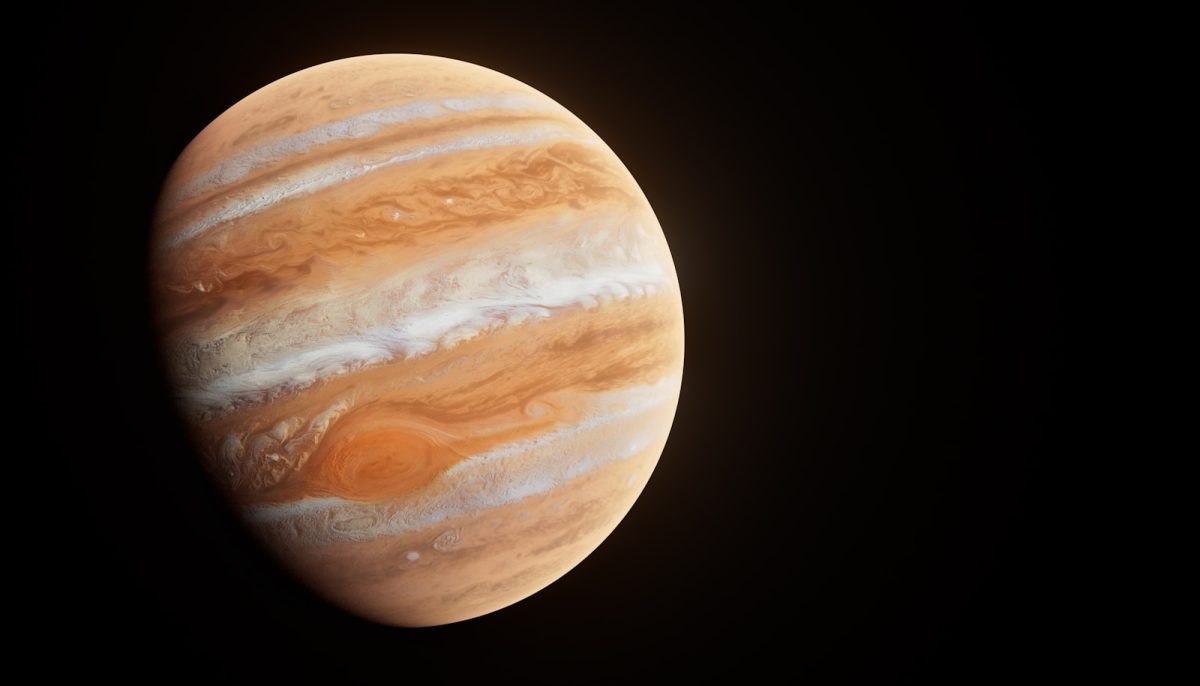Space exploration presents unique challenges to human health, many manifest differently across genders. Historically, space missions have been predominantly male-centric, leading to a knowledge gap in understanding how spaceflight affects female physiology. Increasing the number of female astronauts is crucial for comprehensive health research in space, ensuring the safety and effectiveness of future missions.
Health Risks
The bodies of men and women respond differently to space conditions. For instance, studies have shown that female astronauts are more open to space motion sickness and an inability to stand for long periods without fainting after landing back on earth compared to their male counterparts. Women are less likely to experience hearing impairments and long-term visual issues post-mission. Radiation exposure is another critical concern.
Female astronauts face a 20% higher risk of developing cancer. according to the National Academies of Sciences, Engineering, and Medicine, “the overall risks per unit dose for women appear higher than for men due to the greater probability of women developing some radiation-induced cancers, such as stomach, thyroid, and breast.” Additionally, space radiation may accelerate aging.
Research suggests that women may possess a more resilient immune response to the stresses of spaceflight. A comprehensive study indicated that female astronauts could recover more swiftly from space-induced health challenges than their male counterparts. Understanding these differences is important for everybody who is and wants to become an astronaut.
Butch Wilmore and Suni Williams
NASA astronauts Barry Butch Wilmore and Sunita Suni Williams have safely returned to Earth after their eight-day mission on board the International Space Station turned into a nine-month stay. The effects of their stay in space included their bodies being stretchered away, which is completely normal as they’ve been away from Earth’s gravity for a while, and their bodies need time to readjust to being out of the weightlessness of space. Another one of the effects was their hearts becoming weaker as the internal organs didn’t have to work as hard to pump blood around their bodies.
Unfortunately, space impacts the human body, and like former astronauts Wilmore and Williams, will need a period of rehabilitation to recover from the effects of the cosmos. A loss of bone density and muscle mass are two of the most pronounced effects of being in space, as for about every month spent in space, an astronaut’s bone density drops by about one percent.
In conclusion, increasing the participation of female astronauts in space missions is crucial for understanding the effects of spaceflight on human health. While both male and female astronauts experience significant physiological changes in space, research has revealed critical sex-specific differences that warrant further investigation.
Studies suggest that female astronauts may be more resilient to certain aspects of spaceflight, and they might be more tolerant of the stresses of space than their male counterparts. However, they also face unique challenges, such as a greater loss of blood plasma volume and different stress responses compared to men.
RELATED STORIES:
https://interestingengineering.com/space/space-medicine-female-astronauts-nasa?group=test_a
https://phys.org/news/2023-05-female-astronauts-efficient-future-space.html
http://www.collectspace.com/ubb/Forum38/HTML/001831.html
https://abcnews.go.com/Health/gravity-affects-men-women-differently/story?id=27026408
TAKE ACTION:
https://mynews13.com/fl/orlando/news/2024/07/23/usf-obgyn-space-travel-health
https://join1440.com/topics/nasa/a/women-in-space-trailblazing-astronauts-and-scientists
